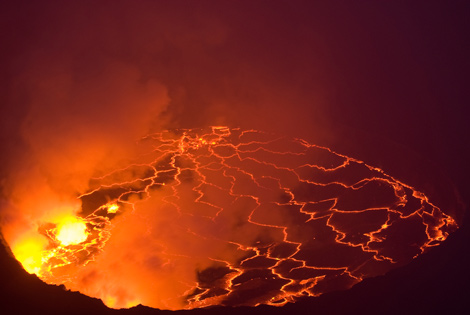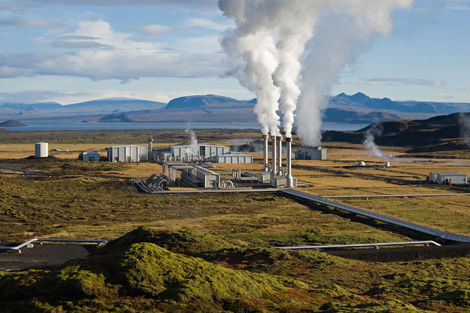Power from the Center of the Earth

By now you’ve heard of wind and solar as potential sources of clean energy, but how about looking beneath the surface? Earth’s fiery core reaches temperatures of up to 9,000° F, and much of that heat could be harnessed for fuel. According to a 2007 geothermal study conducted by the Energy Department, the New York Times reports, geothermal power may “produce as much as 60,000 times the nation’s annual energy usage.” It could also prove a more environmentally friendly solution than other energy sources.
Geothermal plants work by using networks of pipes and wells to pump scorching hot steam and water to the surface, which then powers electricity-generating turbines. Here’s an animation that explains how geothermal plants produce energy:

Currently, power derived from the earth’s core accounts for only .5% of U.S. energy production. To increase that usage significantly, the biggest challenge for current and future engineers is to find safe and efficient ways to draw heat from deeper beneath the earth’s crust. And that could be tough. Because earthquakes originate well below the surface, seismologists are concerned that such a move could trigger a massive quake. If this danger could be circumvented, however, future geothermal developments would be significantly less land-intrusive than both solar-thermal plants and wind farms.

A geothermal power plant in Iceland
Today, the city of Paris, France heats over 170,000 buildings with Earth power, while Northern California is home to the world’s largest geothermal energy plant – The Geysers. An ambitious new project aims to use The Geysers to produce enough power to fuel over 15,000 homes in the next few years.
Learn more about renewable energy.
Filed under: Civil, e-News, Environmental, Mining
Tags: Civil, Energy, Environmental, Mining








